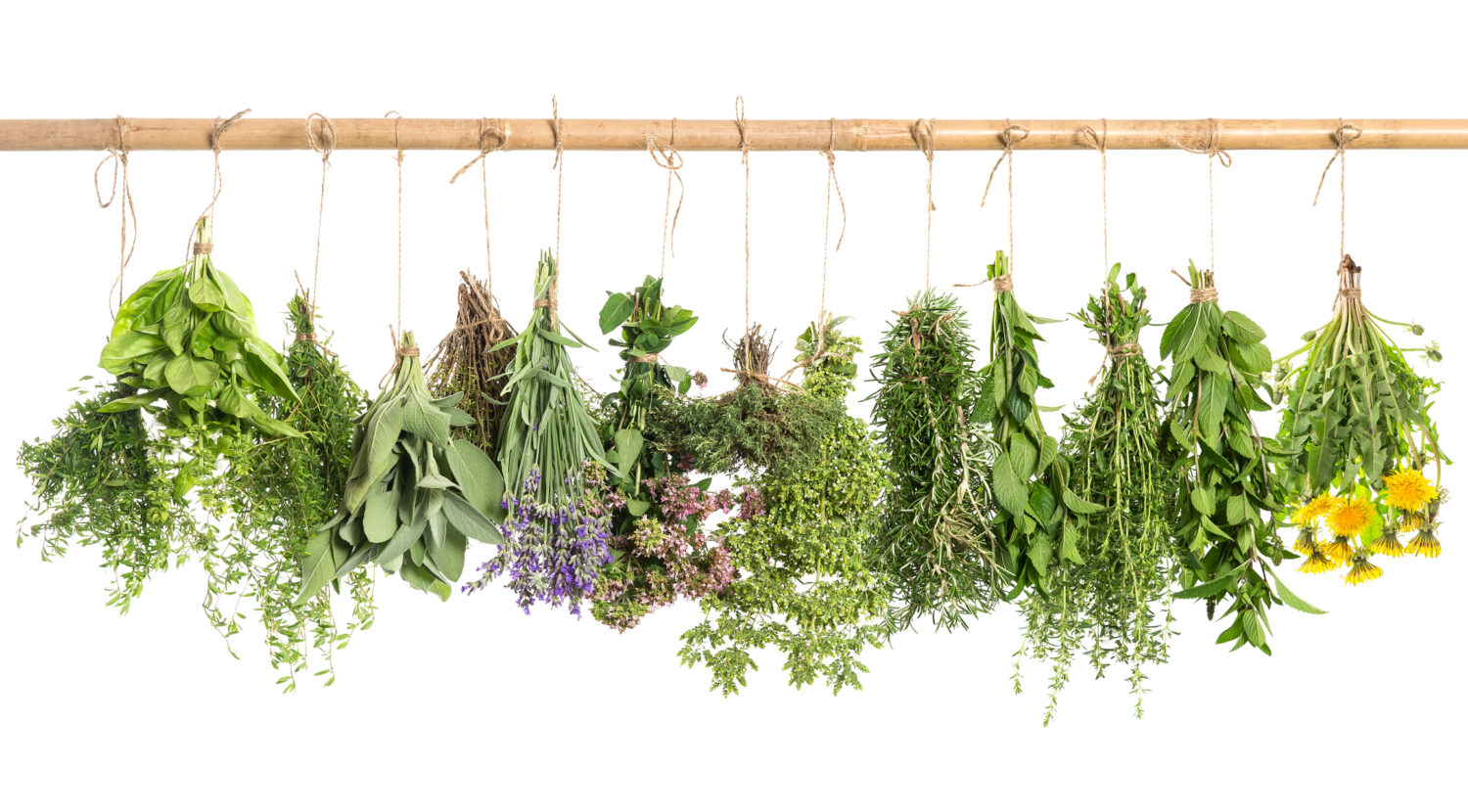Medzisúčet 0
A Review on Pharmacological and Phytochemical Properties of Zingiber officinale Roscoe (Zingiberaceae)

– by Gaurav Kumar et al. (2011)
Introduction
Herbs and plants have been in use as a source of therapeutic compounds in traditional medicinal system since ancient time. Medicines plants play an important role in traditional health care systems as well as in international herbal and pharmaceutical markets. The medicinal value of these plants lies in some chemical substances that produce a definite physiological action on the human body. The most important of these bioactive constituents of plants are alkaloids, tannins, flavonoids and phenolic compounds. Z. officinale (Zingiberaceae) is an important plant with several ethnomedicinal and nutritional values therefore, used extensively worldwide as a spice, flavouring agent and herbal remedy. Traditionally, Z. officinale is used in Ayurveda, Siddha, Chinese, Arabian, Africans, Caribbean and many other medicinal systems to cure a variety of diseases viz, nausea, vomiting, asthma, cough, palpitaion, inflammation, dyspepsia, loss of appetite, constipation, indigestion and pain. In last few decades, Z. officinale is extensively studied for its medicinal properties by advanced scientific techniques and a variety of bioactive compounds have been isolated from the different parts of the plant and were analysed pharmacologically. The plant is reported for antimicrobial activity, anticancer activity, antioxidant activity, antidiabetic activity, nephroprotective activity, hepatoprotective activity, larvicidal activity, analgesic activity, anti-inflammatory activity and immunomodulatory activities. The present review is focused an overall outline of the morphology, distribution, phytochemistry and medicinal properties of Z. officinale and its future prospects for the further scientific investigation for the development of effective therapeutic compounds.
For the full study, click here.


